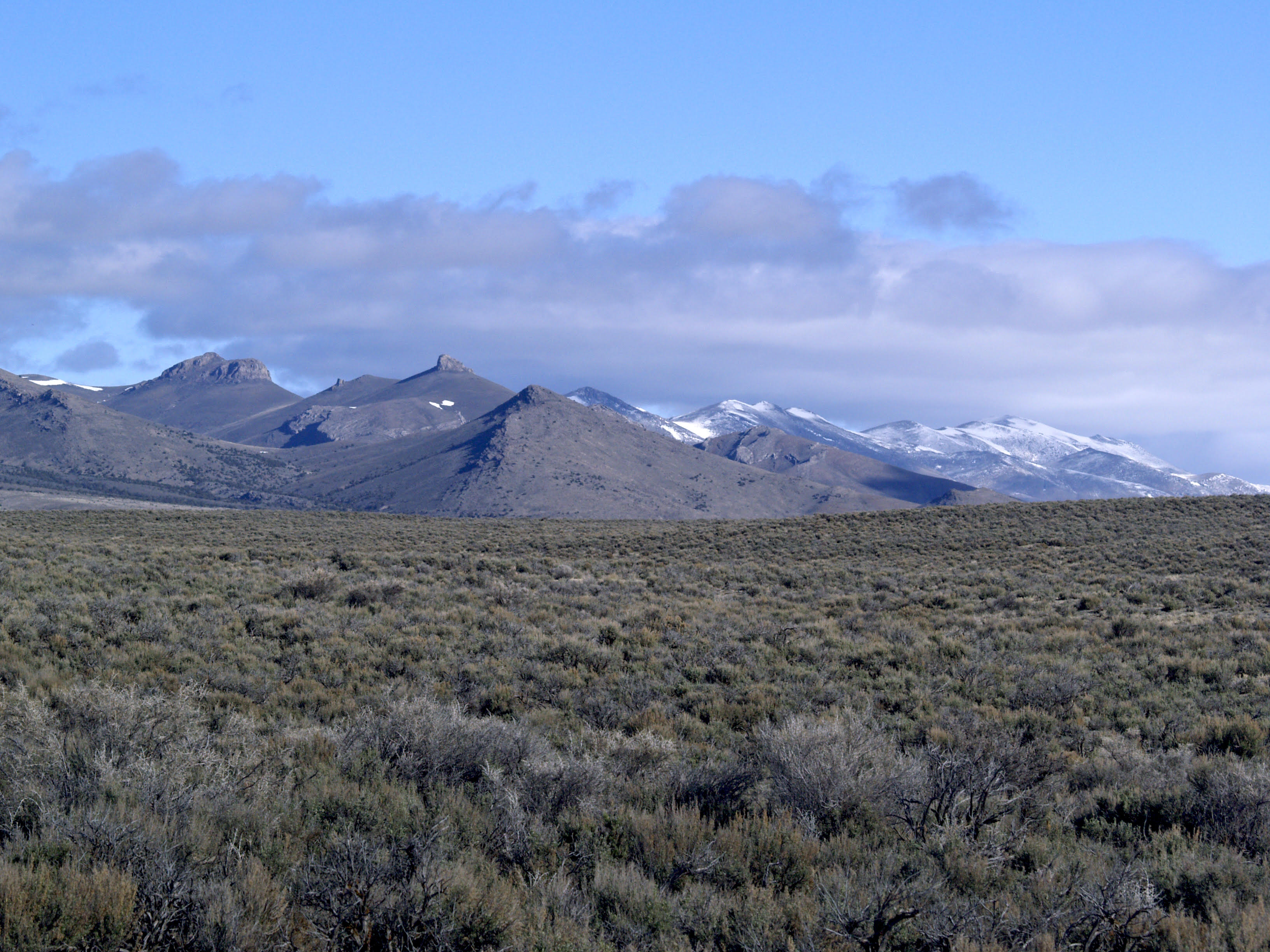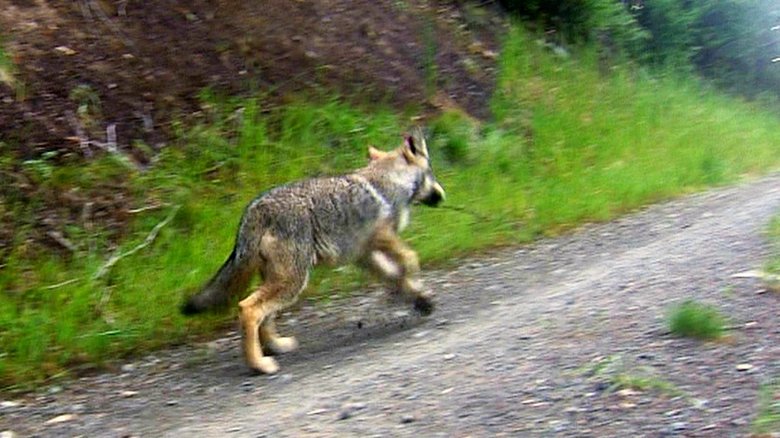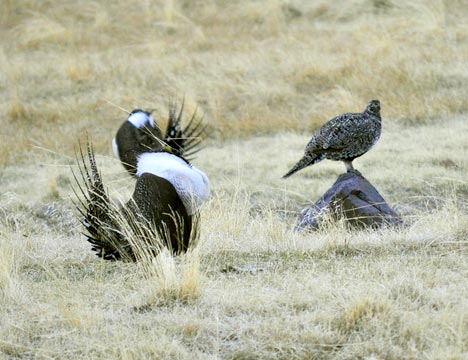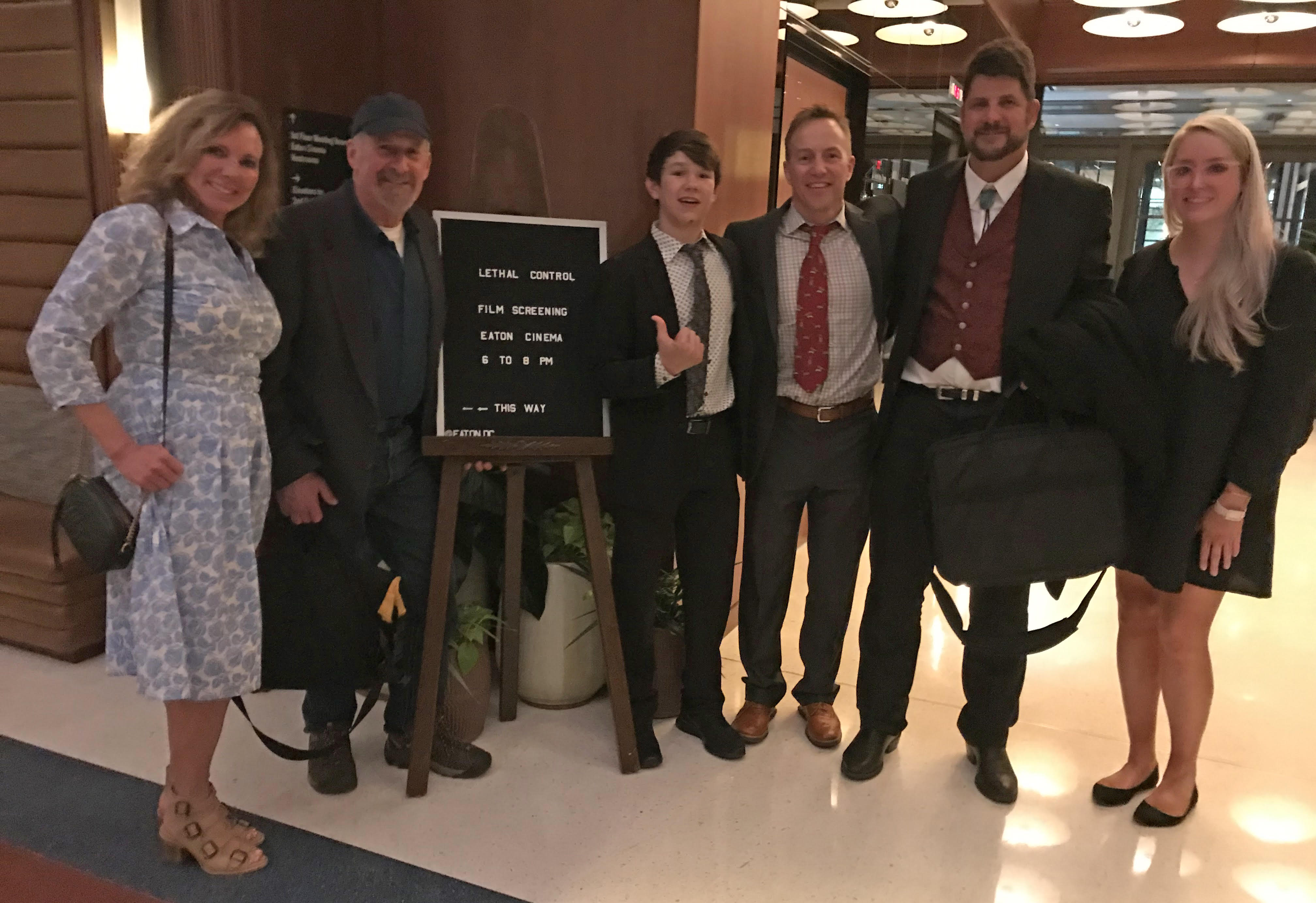Western Watersheds Project
-
In June, the Bureau of Land Management announced its draft plan to carve 11,000 miles of fuel breaks into the fragile Great Basin landscape. The agency is forging ahead with this plan despite recent scientific paper concluding that there is a lack of empirical evidence validating the effectiveness of fuel breaks in reducing fire spread…
-
The livestock industry and its apologists are trying out a new spin to justify their unwillingness to coexist with native wildlife, arguing that it is necessary to kill large predators from time to time to appease the locals and create “social tolerance.” This is a false and self-serving narrative, and is causing a public backlash…
-
Federal Proposal Would Halt Wolf Recovery, Allow More Wolf Killing WASHINGTON, DC— Almost two million Americans stated their opposition to the Trump administration’s proposal to strip endangered species protections from gray wolves in a comment period that closed today. This is one of the largest numbers of comments ever submitted on a federal decision involving…
-
Monitoring project shows two weeks of cattle is decimating the understory FISH LAKE, Utah – Conservationists today released a new report showing that cattle grazing in the world-famous Pando aspen clone and neighboring aspen groves exert more than four times as much grazing pressure over less than two weeks as do mule deer grazing over the course…
-
Western Watersheds Project (the organization that I am the Executive Director of), WildEarth Guardians and the Center for Biological Diversity are fighting the reinstatement of grazing on four allotments in eastern Oregon that are permitted to Hammond Ranches. In part, we argue that the Hammonds don’t have a great track record and are thus undeserving…
-
With the arrival of Earth Day, I would like to suggest a gift of immense value that USDA Wildlife Services could give to all the residents of Idaho: A permanent end to the use of M-44 ‘cyanide bombs’ statewide. These devices are planted like land mines to poison coyotes and other wildlife, and employ spring-loaded…
-
This past December 2018 the Bureau Field office of the Bureau of Land Management (BLM) released a final Environmental Assessment for the Battle Creek, East Castle Creek, and Owens Allotments Grazing Permit Renewal, at least partially within the Little Jacks Creek Wilderness, part of the stunningly beautiful Owyhee Canyonlands Wilderness Complex in Idaho. The BLM…
-
The Oregon spotted frog was originally found throughout wetlands in Oregon and Washington. It is the most aquatic of all native frogs. It is always located near perennial water sources. Draining of these wetlands, livestock grazing, and dams have significantly reduced its habitat. For instance, 95% of the wetlands in the Willamette Valley and Klamath…




